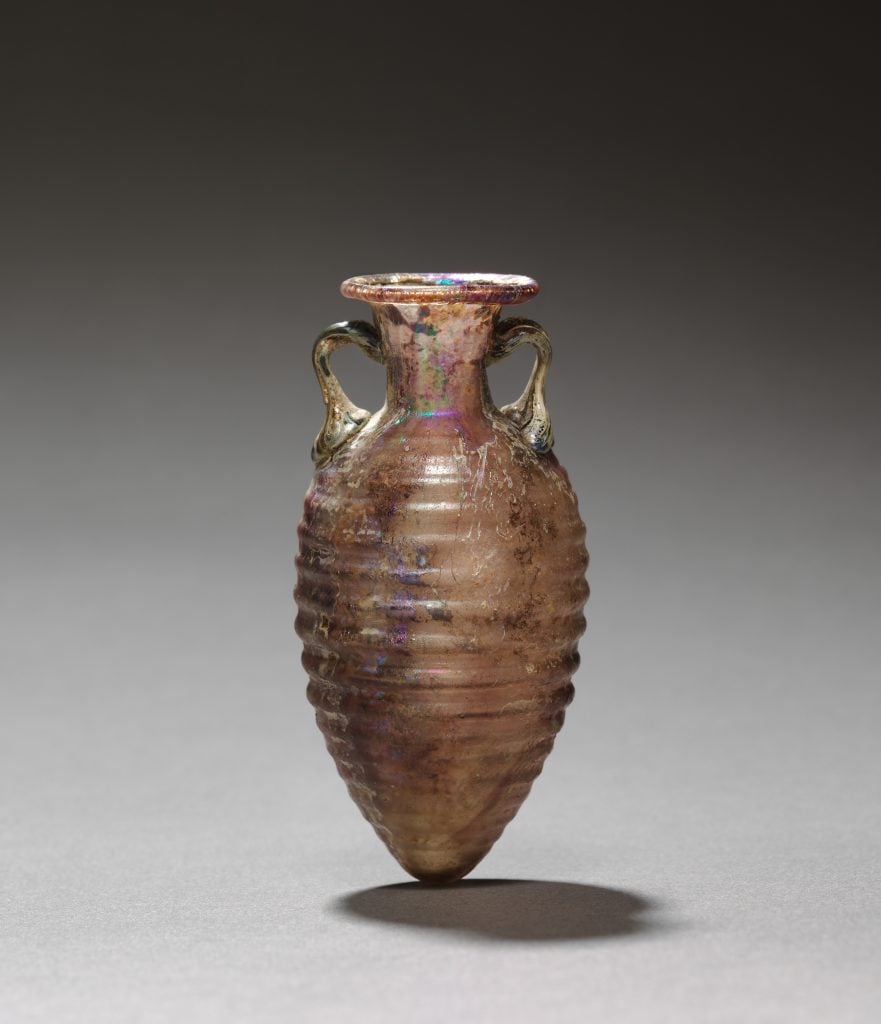Consuming wine in Ancient Rome was divinely ubiquitous, available not only to aristocrats and emperors, but also to slaves, peasants, and men and women alike. Yet while scholars have known this for some time, exactly how ancient Romans kept their wine safe and full of flavor was unclear.
But now, a study published in the peer-reviewed scientific journal PLOS ONE reveals new details about these mysteries.
The authors looked at three 1,500-year-old Roman amphorae (jugs used to transport wine) that were taken from a seabed deposit found in San Felice Circeo, about 55 miles southeast of Rome.
For the study, led by chemist Louise Chassouant, scientists using methods in the burgeoning field of archaeobotany (the study of plant remains) were able to determine how Ancient Romans made wine and what elements they used in the process.
By looking at the chemical deposits found within the amphorae, plant tissue residue, and pollen, researchers were able to determine which grape derivatives were used, but also, crucially, how ancient peoples were able to insulate their jugs and waterproof them.
The study found that pine was used to create a kind of waterproofing tar to coat the inside of jars, but also speculated that this could have been done to flavor fermenting grapes.
Interestingly, the study also determined that because pine was not local to the region, it would have likely been imported from Calabrian or Sicily, adding credence to existing archaeological and historical evidence of trade links between the regions 1,500 years ago.
All told, the authors emphasized that using a multidisciplinary approach was key to their findings. By looking not only at chemical analysis, but also historical and archaeological records, plant remains, and individual amphorae design, “we have pushed the conclusion further in the understanding of ancient practices than it would have been with a single approach,” the scientists wrote.
What would it have been like to down a glass of wine with Augustus or Justinian? That we will likely never know, but we are now one step closer to understanding the Dionysian pursuits of Ancient Roman wine lovers. Salut!






